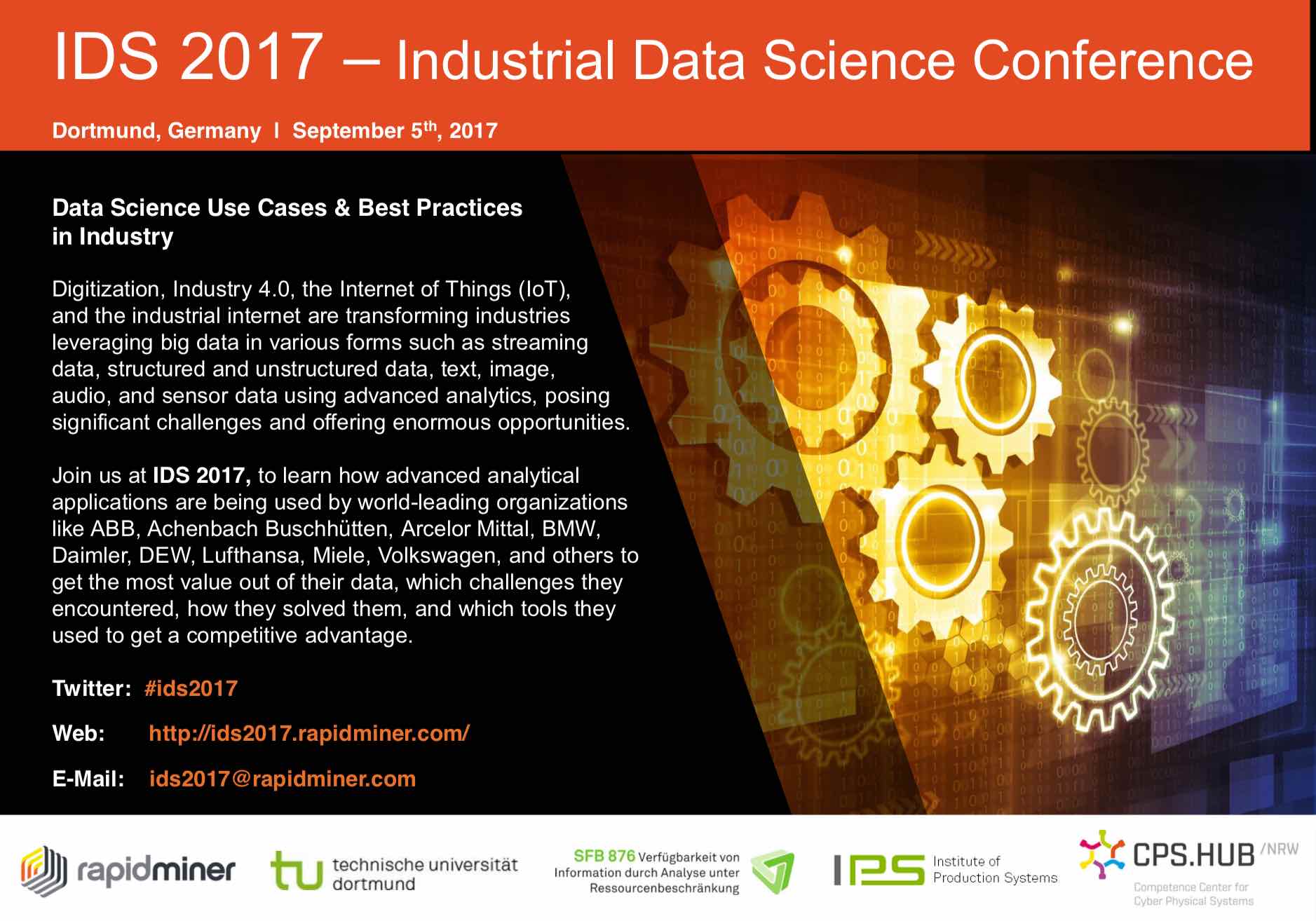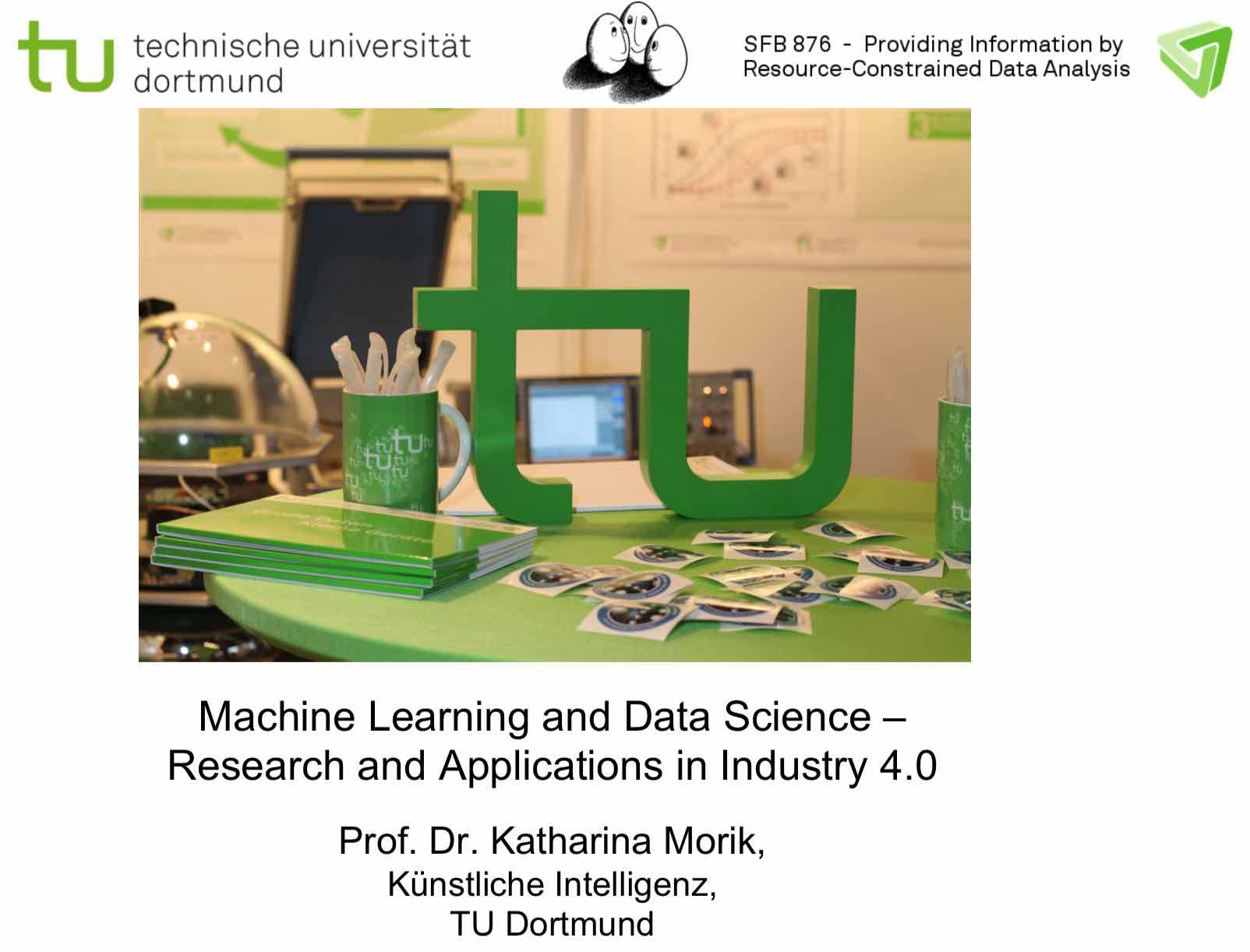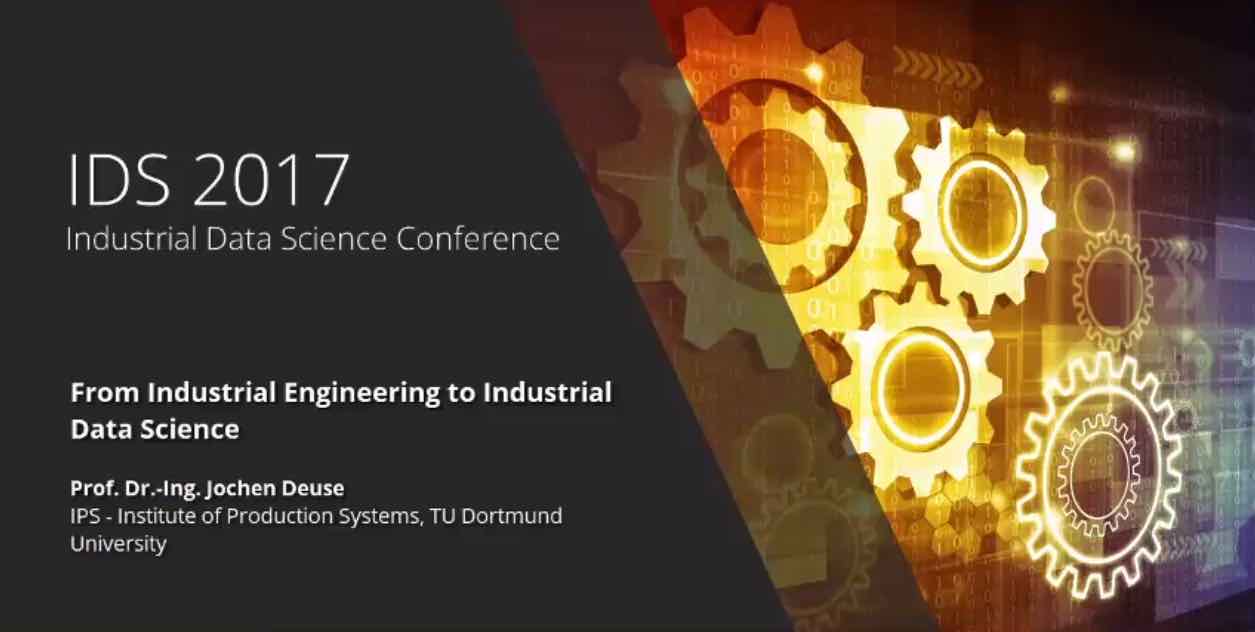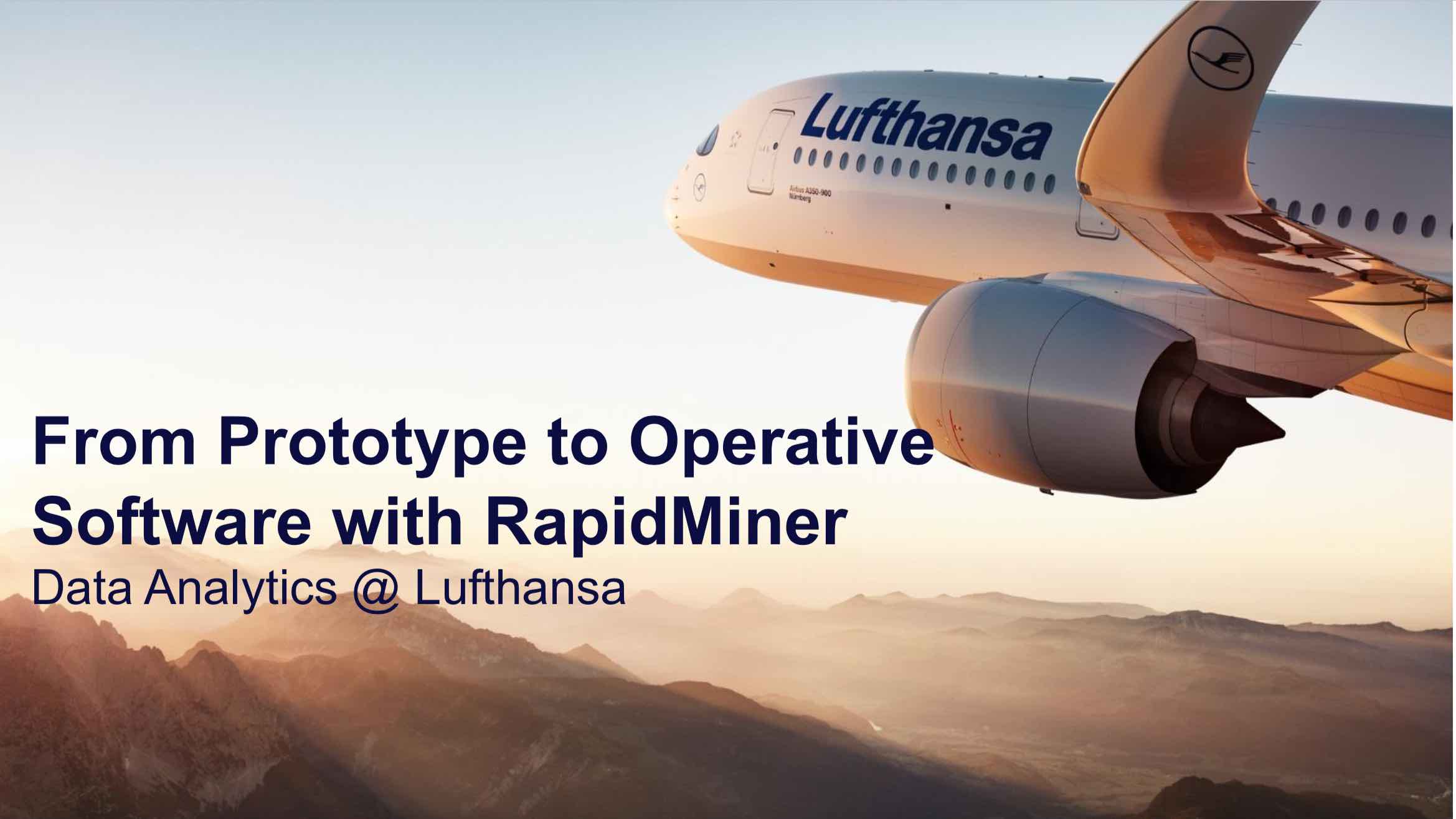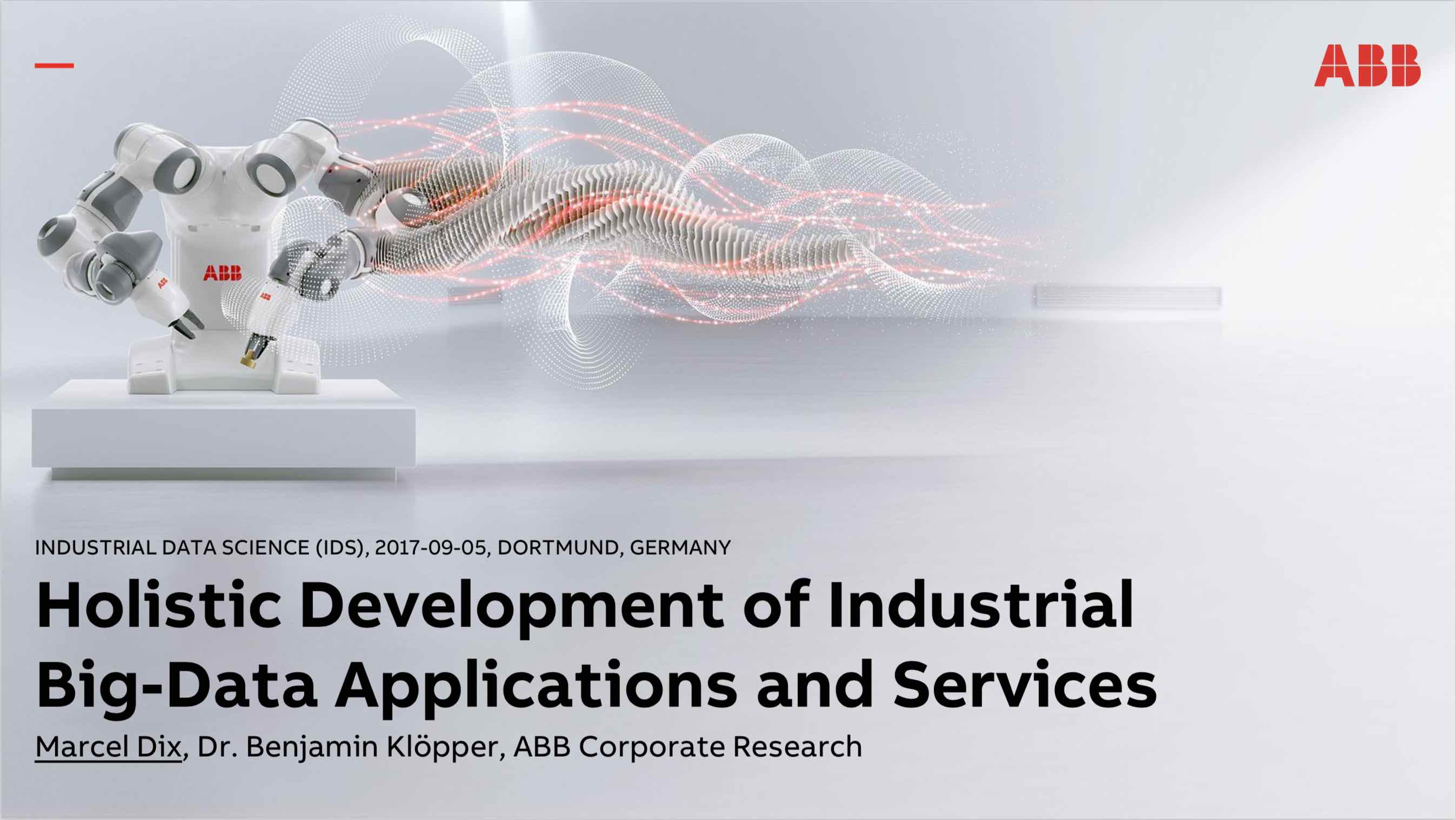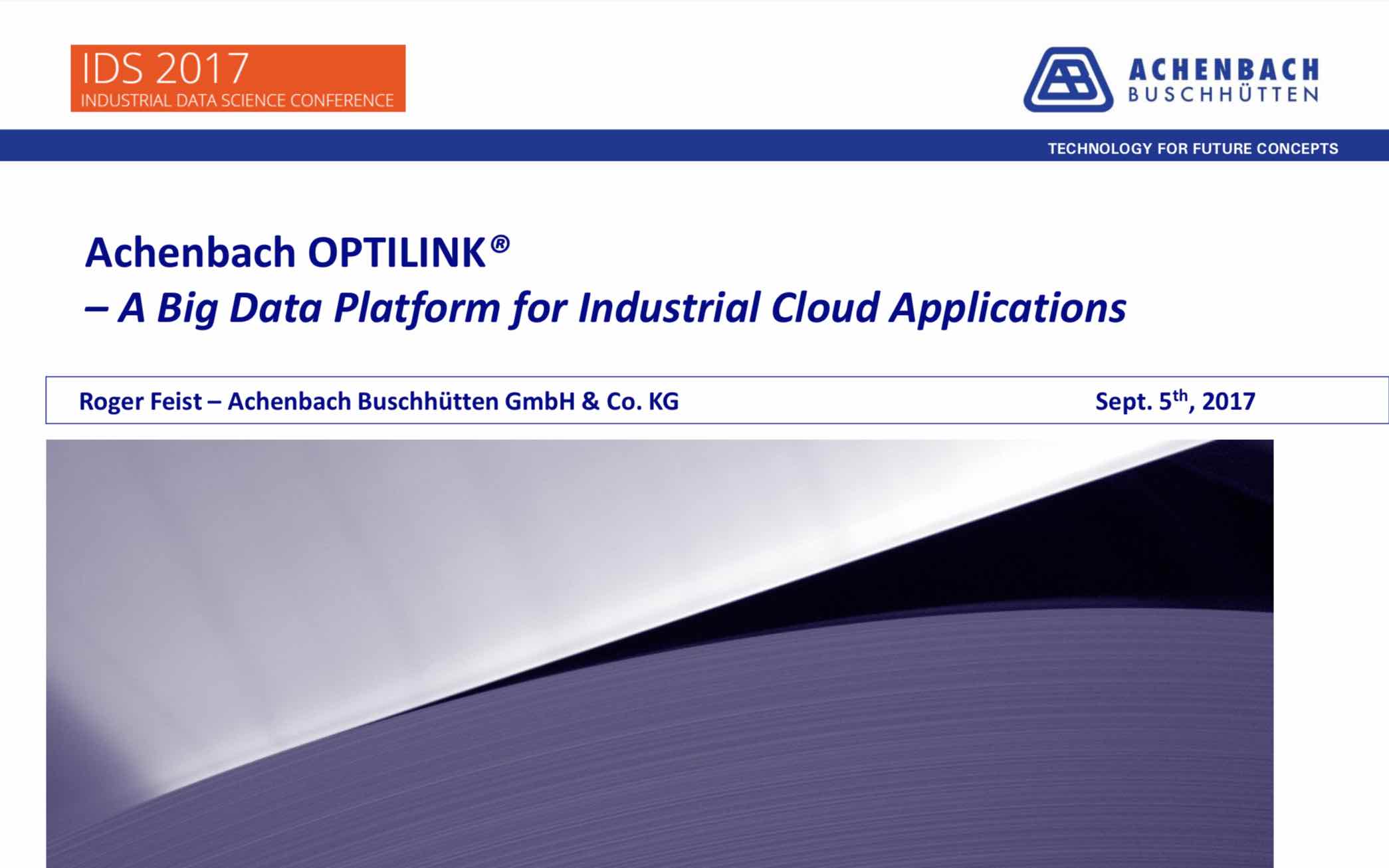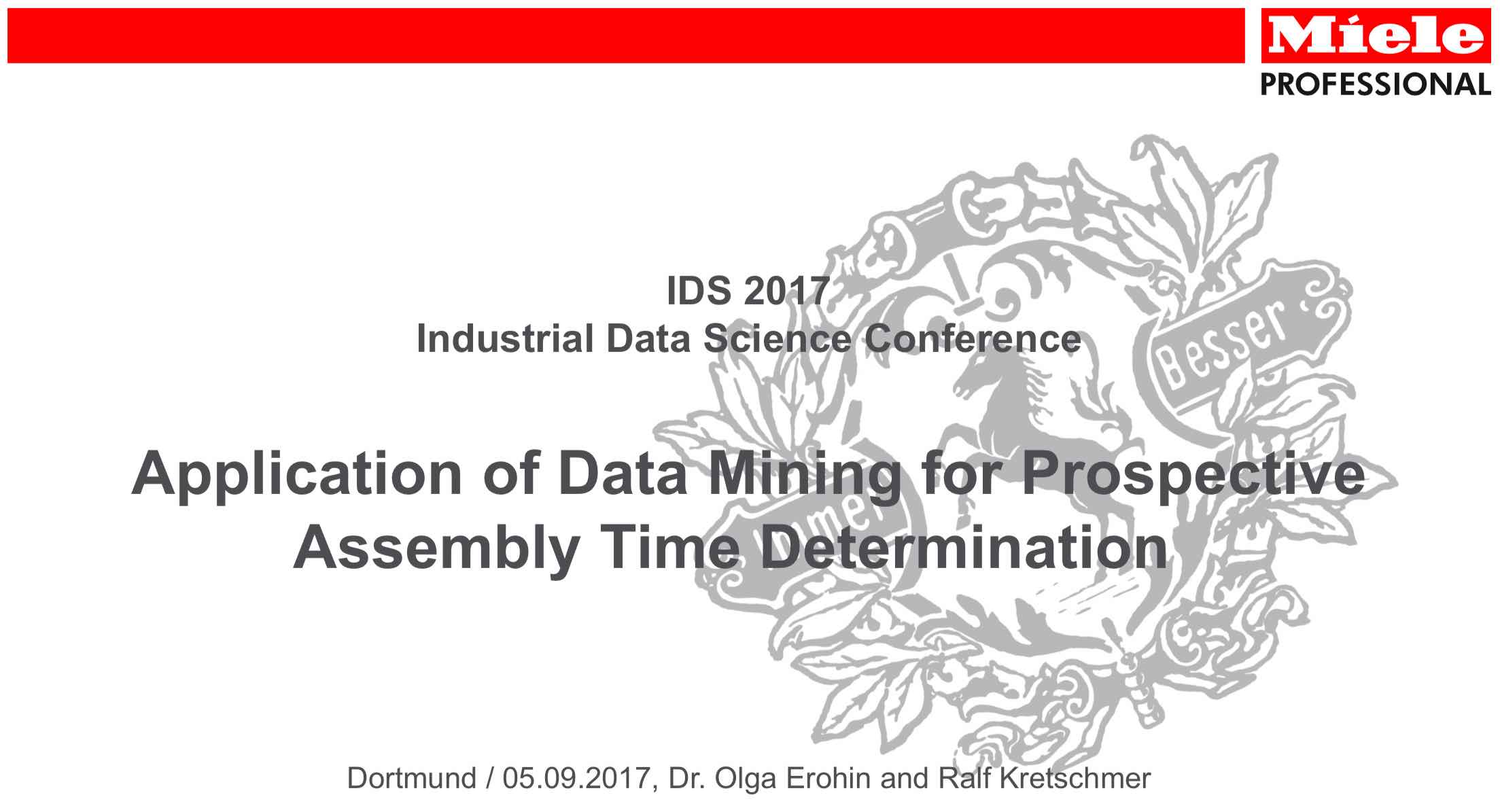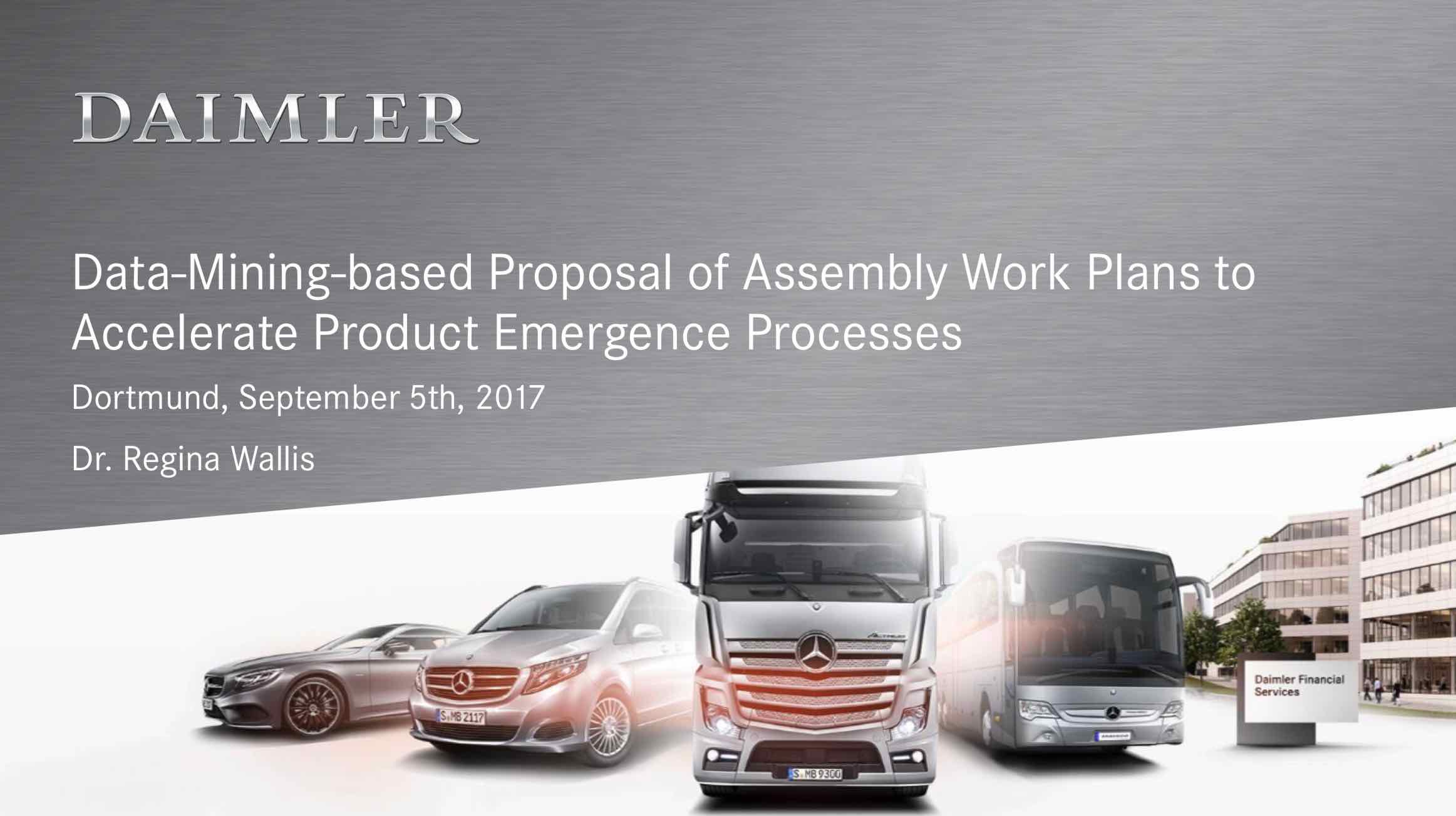IDS 2017 - Welcome and Overview
Welcome to IDS 2017 and Overview of Data Science Use Case Presentations Speaker: Ralf Klinkenberg, RapidMiner Download the talk: here Welcome to the first Industrial Data Science (IDS 2017) conference in the name of the whole organization team. After a short description of the state, challenges, barriers, use cases, and opportunities of Industrial Data Science and of the CRoss- Industry Standard Process for Data Mining (CRISP-DM), which is used as a redline through this event, we provide a short overview over the data science use cases presented at IDS 2017, whose presentation order reflects the steps in CRISP-DM.

